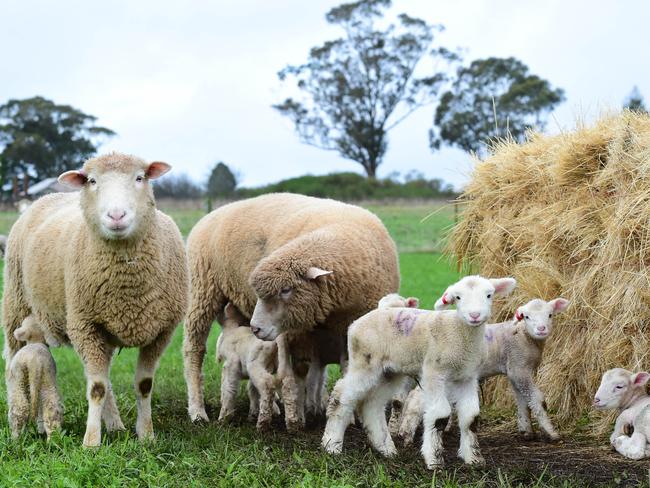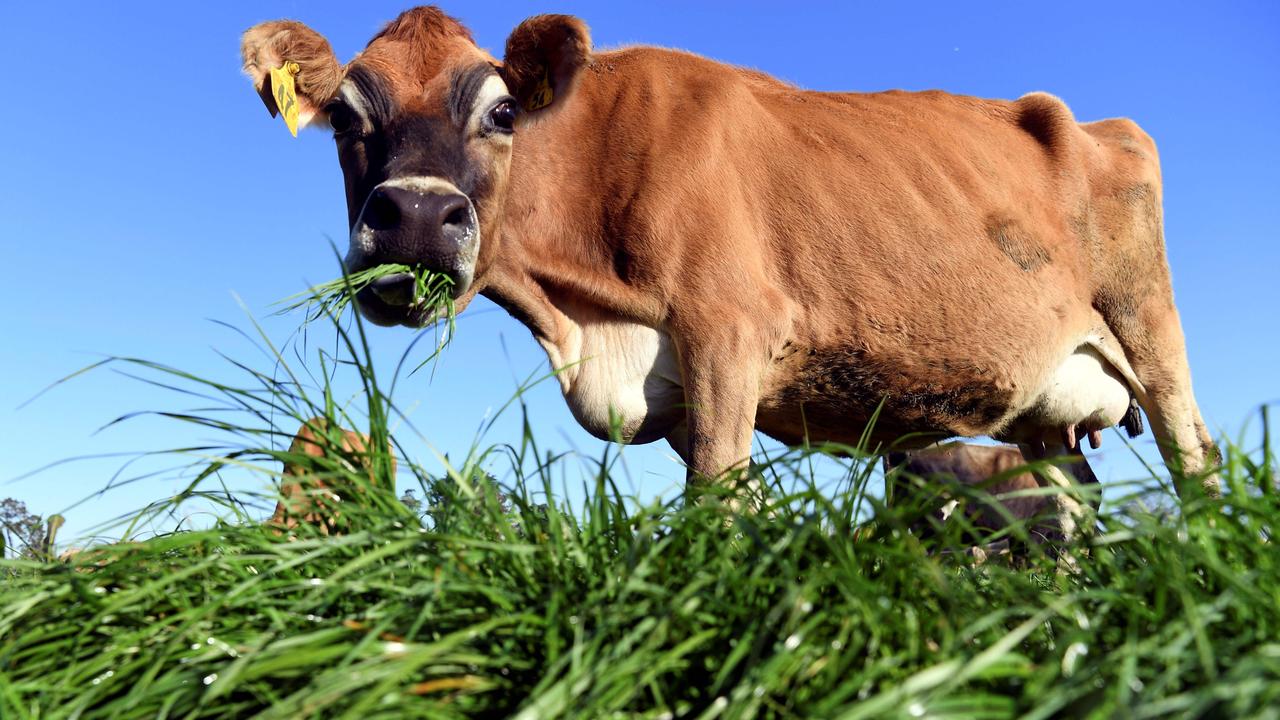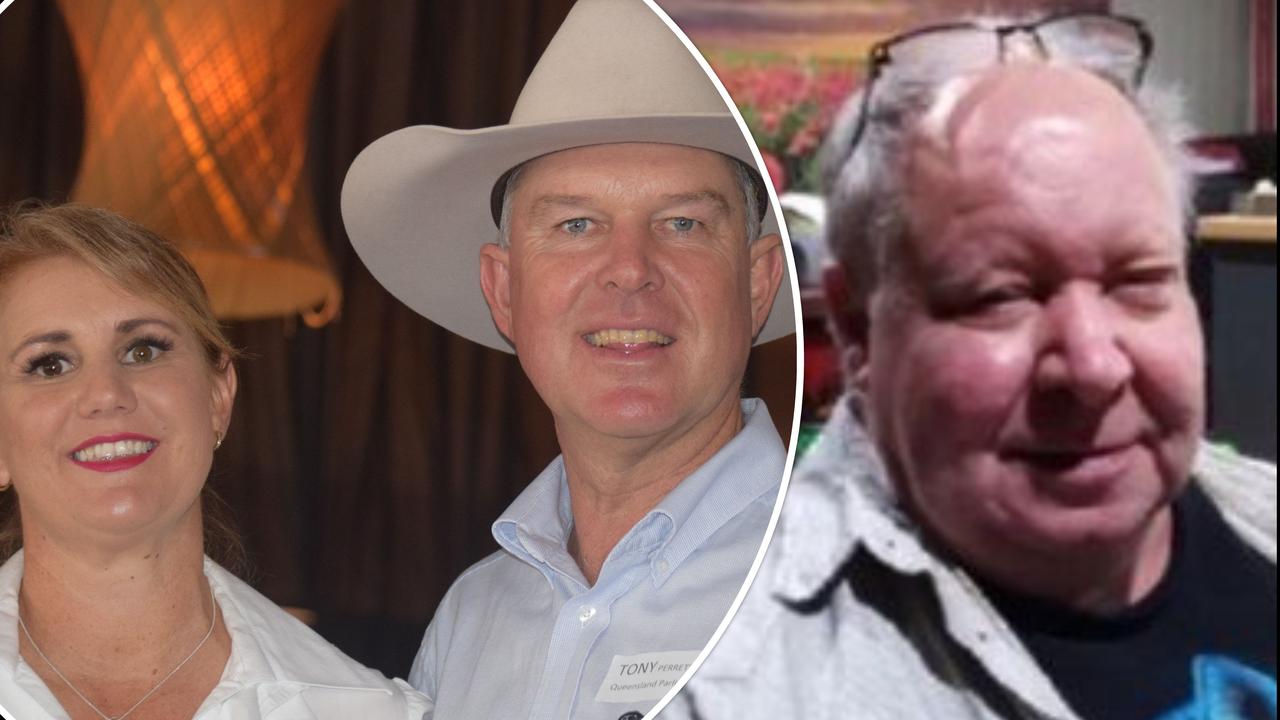Drier-than-average start to winter across southeast Australia
Southeast Australia has recorded a drier-than-average June after earlier predictions of a wetter-than-average winter failed to materialise.

PREDICTIONS of a wetter-than-average winter has failed to materialise for most of southeast Australia during June.
The Bureau of Meteorology in May tipped a strong chance of a wetter-than-average winter for most of Australia, including most parts of Victoria, southern NSW and South Australia’s South East but they wound back the forecasts earlier last month. The latest BOM outlook, released last week, showed a less than 50 per cent chance of above-average rain in southeast Australia for July and August.
Of the 33 weather stations routinely monitored by The Weekly Times just three – Ararat (73mm), Wagga Wagga (55mm) and Nhill (39mm) recorded a wetter-than-average June, with a respective 30 per cent, 8 per cent and 4 per cent more rain than normal.
A further four centres – Shepparton (39mm), Mortlake (50mm), Albury (59mm) and Hamilton (61mm) – recorded more than 90 per cent of their normal totals.
At the other end of the scale, eight centres recorded less than half their normal June totals, with Bairnsdale in East Gippsland the driest with just 12mm falling for the month, representing about 18 per cent of its long-term average. Mildura recorded just 8mm during June, Hay 13mm, Balranald 14mm, Charlton 17mm and Sale 18mm.
Victorian Farmers Federation president David Jochinke said while cold nights followed by warm autumn-like days during June had provided some farmers with “the jitters”, evoking memories of the 2000s drought years, there was nothing “a good inch (25mm) wouldn’t sort out”.
An analysis of rainfall figures for the first six months of the calendar year, shows the best falls versus the long-term average occurring in southern NSW, the Wimmera and northern Victoria.
Deniliquin in NSW has recorded 272mm for the year, or 69 per cent more than average, with Nhill’s 235mm tracking 35 per cent above normal. Other centres to record more than 50 per cent more rain than normal between January and June included Hopetoun (209mm or 64 per cent more), Narrandera (342mm or 60 per cent more), Shepparton (331mm or 59 per cent more) and Geelong (323mm or 57 per cent more).
At the other end of the scale, just three centres are tracking drier-than-average this year including Mildura, whose 108mm for the year is 18 per cent less than normal and Warrnambool’s 333mm is 13 per cent down. Bairnsdale has received 295mm of rain for the year – which is 5 per cent less than average.
The Monaro region of southeast NSW is also struggling.
“It’s the dead of winter and they won’t be seeing much growth until September,” VFF livestock president Leonard Vallance said. “It will be a fairly harsh winter for those people.”
MORE
A HANDY SOAKING FOR SOUTHEAST AUSTRALIA


